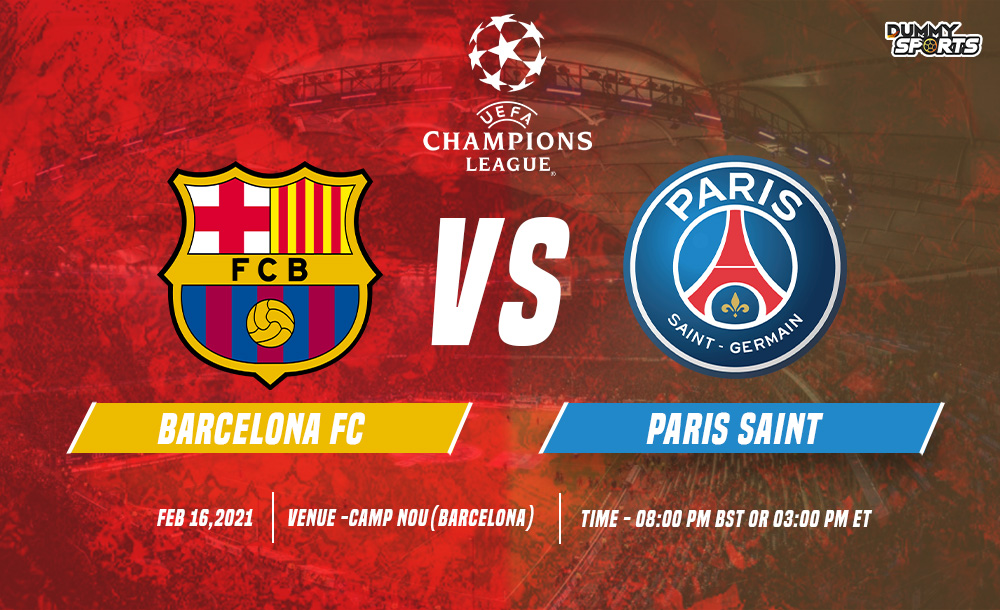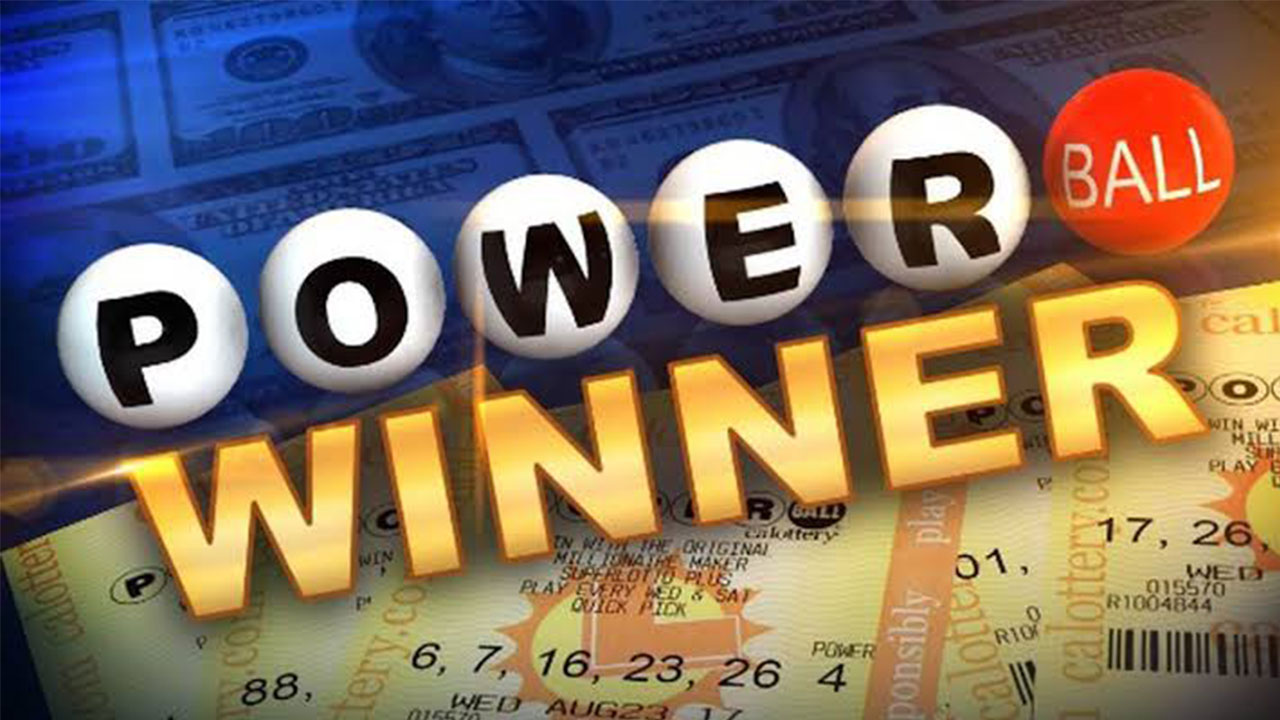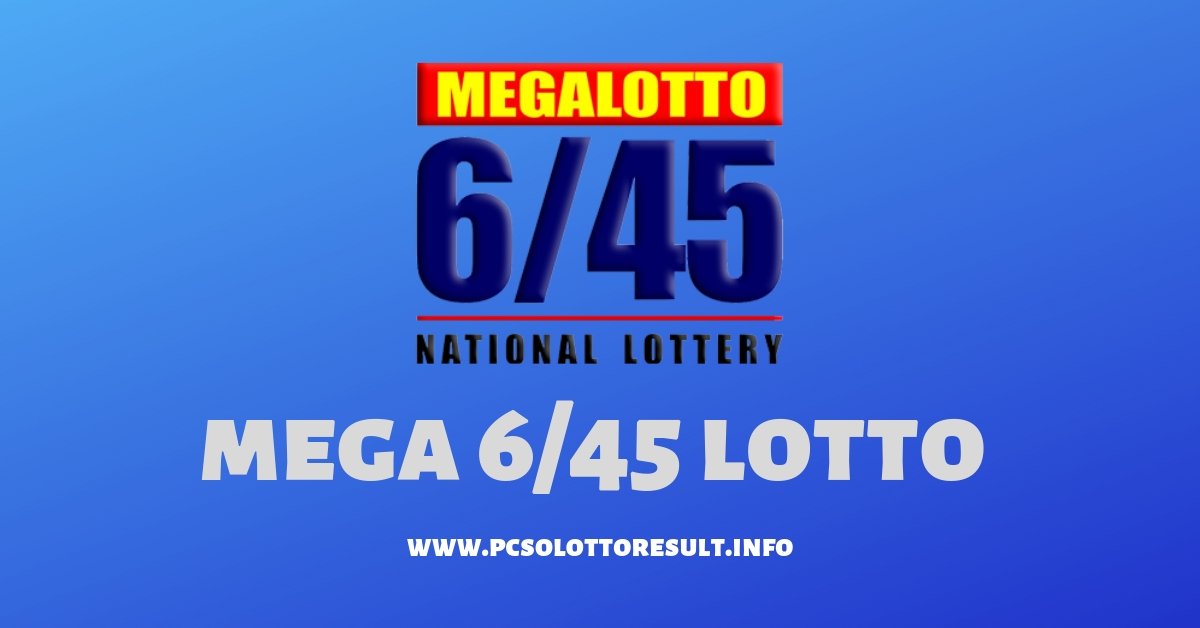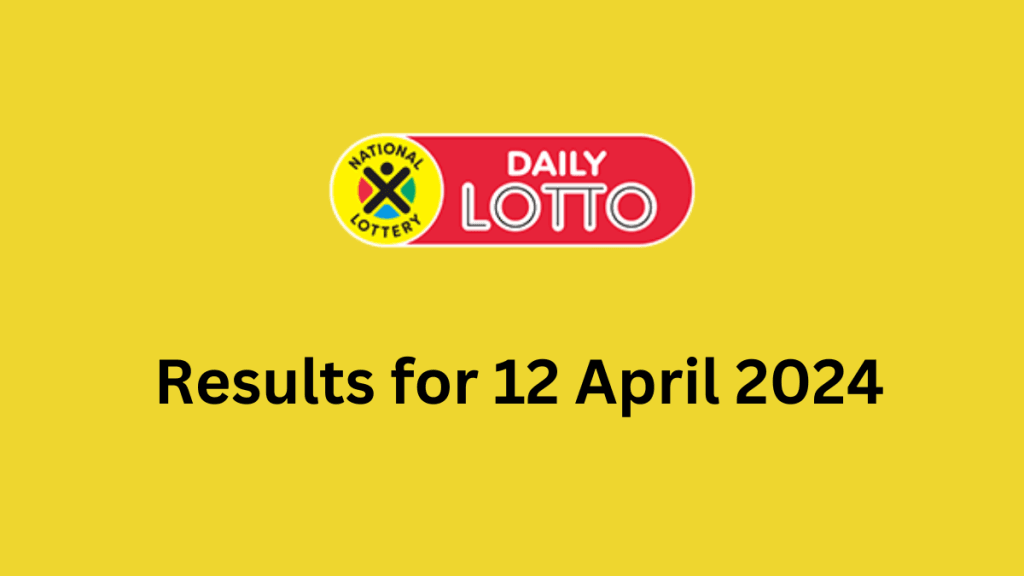Understanding The Papal Conclave: Choosing The Next Leader Of The Catholic Church

Table of Contents
The History and Evolution of the Papal Conclave
The method of electing a Pope has evolved significantly throughout history. Early methods were often chaotic and influenced by political maneuvering. Initially, the election was a more open affair, sometimes involving the entire Roman clergy and even the laity. However, this often led to protracted disputes and even violence. The introduction of the Conclave system, designed to ensure secrecy and minimize external influence, marked a crucial turning point. This system, with its various iterations over the centuries, aimed to create a more controlled and deliberate process for selecting the next Pope.
- Early methods of papal election: These were often tumultuous, with factions vying for influence and resulting in prolonged periods without a Pope.
- The introduction of the Conclave system: This aimed to streamline the process and reduce external pressures. The exact origins are debated, but it gradually solidified its role starting in the 13th century.
- Key reforms, such as those implemented by Pope John Paul II: His reforms in 1996 clarified the rules surrounding the election, including limiting the number of ballots and specifying the required majority for a valid election. These reforms aimed to improve transparency and efficiency.
- The influence of historical events on Conclave procedures: Events like the Avignon Papacy and the Great Western Schism heavily influenced the evolution of the Conclave, prompting reforms to ensure a more unified and less politically compromised outcome. The impact of these historical events shaped the modern Conclave procedures.
The Role of Cardinal Electors in the Papal Conclave
The Papal Conclave is exclusively the domain of the Cardinal Electors. These are cardinals under the age of 80 who are eligible to vote. Understanding their role is essential to comprehending the Papal Election process. Their qualifications and responsibilities during the Conclave are vital to the selection of the next Pope.
- The process of becoming a Cardinal Elector: A cardinal is appointed by the Pope and automatically becomes an elector until their 80th birthday.
- The number of Cardinal Electors: This number varies, but typically ranges between 110 and 130, comprising cardinals from around the globe.
- The role of the College of Cardinals: The College of Cardinals, a body composed of all cardinals, plays a crucial role in advising the Pope and managing the affairs of the Church.
- The electors' duties and responsibilities during the Conclave: Their primary duty is to elect the next Pope through a secret ballot process, upholding the confidentiality and solemnity of the occasion. They take a vow of secrecy.
The Procedures and Rules Governing the Papal Conclave
The Papal Conclave is a highly regulated process designed to ensure secrecy and a fair election. The precise steps are carefully followed to prevent outside influence and maintain the integrity of the process.
- Seclusion and security measures within the Conclave: The Cardinal Electors are secluded in the Sistine Chapel during the Conclave. Strict security measures are in place to maintain secrecy and prevent outside interference.
- The voting process, including ballots and majority requirements: Voting takes place daily until a candidate receives a two-thirds majority of the votes. Ballots are burned, with black smoke signifying no election and white smoke indicating the election of a new Pope.
- The significance of "Habemus Papam!": This Latin phrase, meaning "We have a Pope!", is announced from the Sistine Chapel balcony once a new Pope is elected.
- Handling of inconclusive results: If no candidate receives the required majority, the process continues until a decision is reached. The rules governing the process ensure that a new Pope is ultimately elected.
The Significance of the Papal Conclave for the Catholic Church and the World
The Papal Conclave's significance extends far beyond the internal affairs of the Catholic Church. The election of a new Pope impacts the global Catholic community and influences world affairs.
- Impact on Catholic doctrine and teachings: The new Pope sets the direction of the Catholic Church's doctrines and teachings.
- Influence on social and political issues: The Pope's pronouncements on social and political issues carry significant weight globally.
- The role of the new Pope in global diplomacy: The Pope often plays a significant role in international diplomacy and peace-making efforts.
- The expectations and challenges facing the newly elected Pope: The new Pope faces many challenges including addressing global issues, internal Church matters, and the evolving needs of the Catholic community.
Conclusion
The Papal Conclave is a complex and deeply significant process that shapes the future of the Catholic Church. Understanding its historical evolution, the roles of Cardinal Electors, and the procedures involved provides valuable insight into the inner workings of this influential institution. The selection of a new Pope has far-reaching consequences, impacting not only the Catholic community but also global affairs. To further deepen your understanding of this crucial event, delve deeper into the rich history of the Papal Conclave. Explore resources that delve into the intricacies of Papal Election procedures and the lives of past Popes. Learn more about the significance of the choosing the Pope process in shaping the global Catholic Church.

Featured Posts
-
 Watch Inter Vs Barcelona Uefa Champions League Live Stream
May 08, 2025
Watch Inter Vs Barcelona Uefa Champions League Live Stream
May 08, 2025 -
 Top Krypto Stories A Definitive Ranking
May 08, 2025
Top Krypto Stories A Definitive Ranking
May 08, 2025 -
 Inter Milan Contract Expirations Key Players Out In 2026
May 08, 2025
Inter Milan Contract Expirations Key Players Out In 2026
May 08, 2025 -
 The 10 Best Characters From Saving Private Ryan An In Depth Look
May 08, 2025
The 10 Best Characters From Saving Private Ryan An In Depth Look
May 08, 2025 -
 7 Hidden Gems Streaming Now On Paramount
May 08, 2025
7 Hidden Gems Streaming Now On Paramount
May 08, 2025
Latest Posts
-
 Saturday Lotto Results April 12th Winning Numbers Announced
May 08, 2025
Saturday Lotto Results April 12th Winning Numbers Announced
May 08, 2025 -
 Wednesday 16 April 2025 Daily Lotto Results
May 08, 2025
Wednesday 16 April 2025 Daily Lotto Results
May 08, 2025 -
 Saturday 12th April 2025 Lotto And Lotto Plus Results Announced
May 08, 2025
Saturday 12th April 2025 Lotto And Lotto Plus Results Announced
May 08, 2025 -
 Official Lotto And Lotto Plus Results Saturday 12th April 2025
May 08, 2025
Official Lotto And Lotto Plus Results Saturday 12th April 2025
May 08, 2025 -
 Daily Lotto Draw Wednesday 16th April 2025 Results
May 08, 2025
Daily Lotto Draw Wednesday 16th April 2025 Results
May 08, 2025
